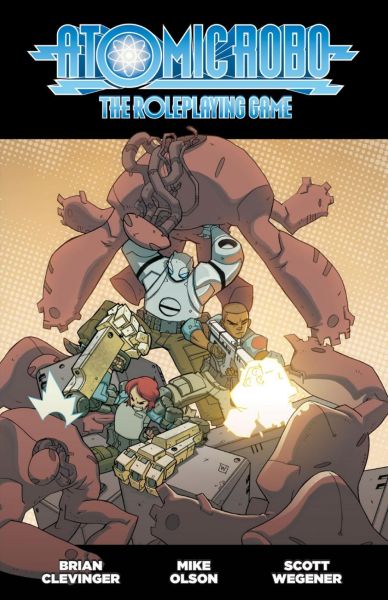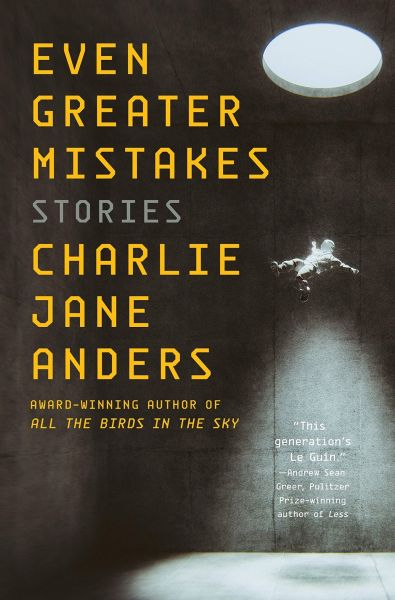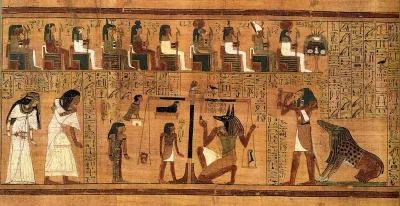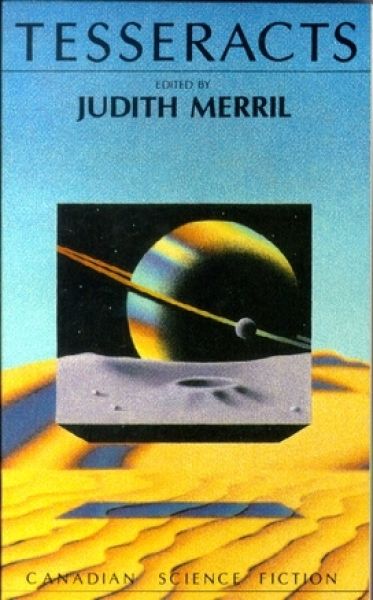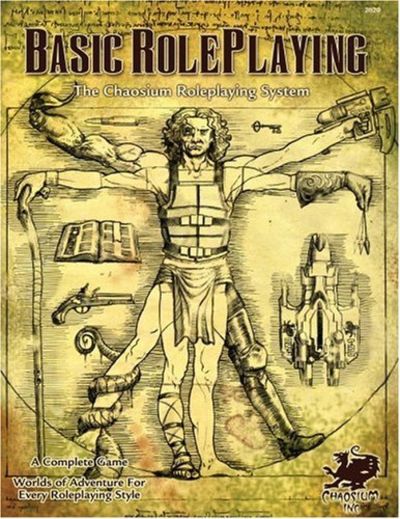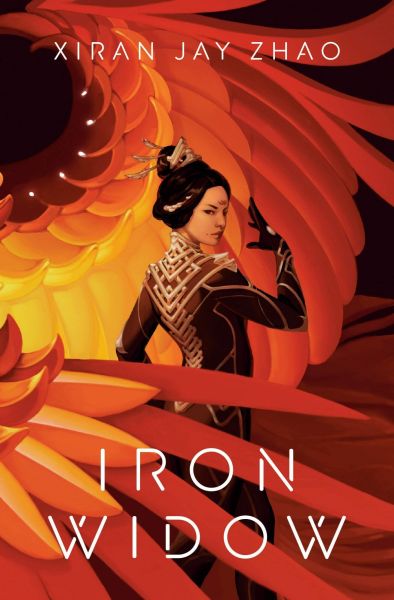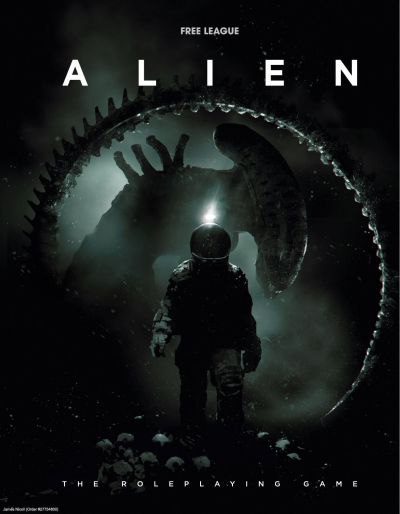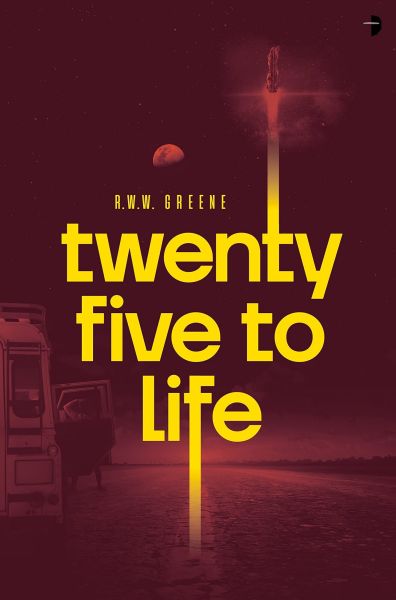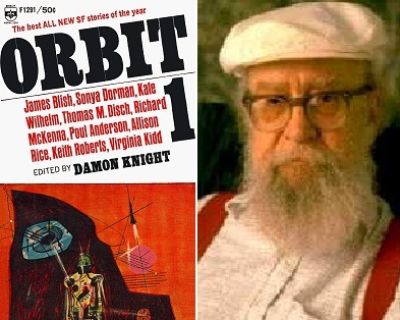Tesseracts edited by Judith Merril
The FIRST volume of the ongoing series…
Each year we choose a team of editors from among the best of Canada’s writers, publishers and critics to select innovative and futuristic fiction and poetry from the leaders and emerging voices in Canadian speculative fiction. This is the anthology that started it all!
Tesseracts features fiction by Hugo and Nebula award winning authors Spider Robinson and William Gibson, as well as Élisabeth Vonarburg, Rhea Rose, Robert Zend, Michael G. Coney, Robert Priest, Candas Jane Dorsey, Eileen Kernaghan, Christopher Dewdney, Daniel Sernine, D. M. Price,Terence M. Green, Dorothy Corbett Gentleman, Gerry Truscott, Benjamin Freedman, Phyllis Gotlieb, Gary Eikenberry, Marc Sevigny, Robert John Colombo, Marian Engel, D. M. Price, Margaret McBride, A. K. Dewdney, Susan Swan, Lesley Choyce, Robert Sward, and David Kilpatrick.
About Judith Merril
The late Judith Merril is considered one of the most prolific authors and editors in the field of Science Fiction. Born in New York in 1923, she founded the Futurians, a group of SF writers and editors. Her first SF story, ‘That Only a Mother,’ was published in 1948. Judith edited numerous SF anthologies including Dell’s Year’s Best SF from 1956 – 1967, and was the ‘Books’ columnist for The Magazine of Fantasy and Science Fiction from 1965 – 69. She helped to establish Toronto’s Rochdale College library (based largely on her own private collection) which is now known as The Merril Collection. Judith founded the speculative fiction writers group Hydra North in 1984, and was awarded two Canadian Science Fiction Lifetime Achievement Awards: for contributions to the field and for achievements in editing. She passed away September 12, 1997 from complications following an angiogram. She is sorely missed by her fans and fellow writers.
Read more ➤
